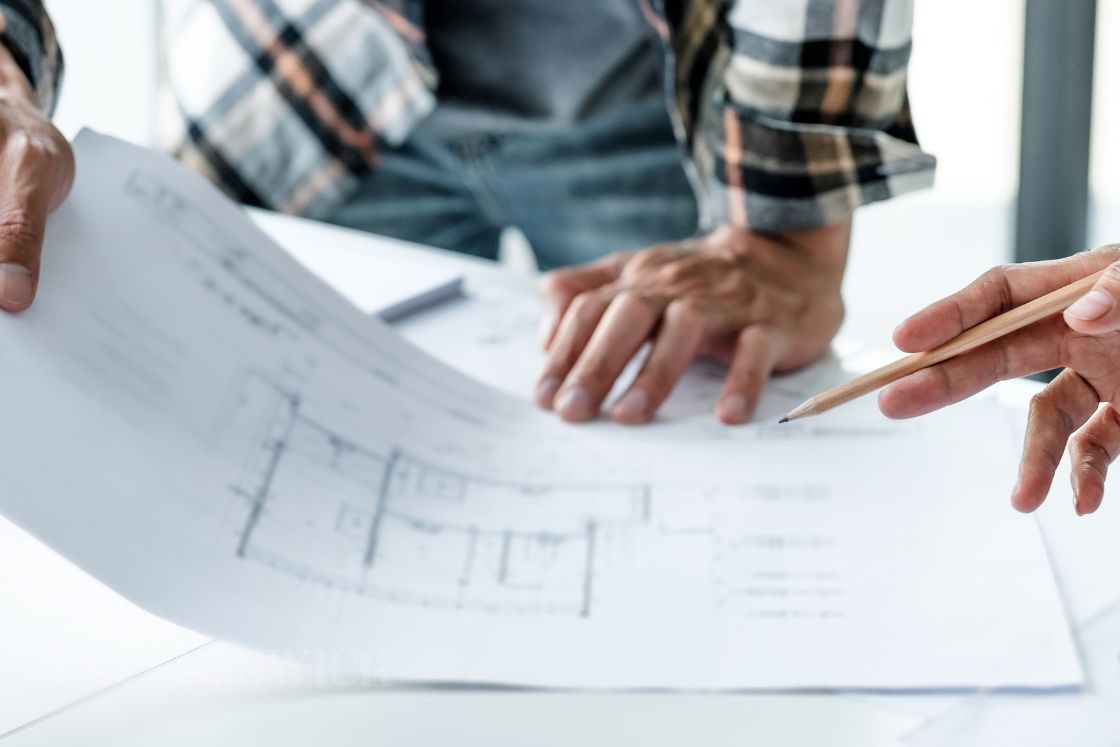Purchasing old, abandoned, or unused former factories and warehouses and converting them into living, gallery, or entertainment spaces is a lucrative business. But rehabbing is not as simple as sweeping the floor, hanging a few lights, and opening your doors for business. Before buying an old industrial property, check out these four things to plan for when repurposing an industrial building.
Good Bones
A century-old building may have survived the test of time, but not without sustaining damage along the way. Even if the outside walls and interior structure seem to need cleaning and a new coat of paint, they must be inspected. A licensed inspector assesses properties and looks for defects in structural integrity. They keep an eye out for leaks and water damage, termites and other pest infestations, and wiring issues.
The building might last many more years if left untouched, but once it’s occupied, little problems can turn into big ones. Be sure the place and its parts still have some life left in them; otherwise, you’ll have to pay to replace them.
Power and Plumbing
Old buildings have charm, and many retaining appliances and building materials of yesteryear. What might be fascinating to see in a museum display, however, might not work for your operations. Mechanical, electrical, and plumbing systems must be up to code. For example, you may be able to leave cloth-wrapped electric wiring in place if it’s undisturbed. However, you’ll have to make some changes to satisfy your insurance company and meet local codes if renovations are extensive. Likewise, you should replace galvanized pipes because renewed and extensive use can lead to rusty water and pipe corrosion.
Bad Ideas From the Good Old Days
Builders from last century didn’t always use good judgment or have all the safety information about certain building materials at their fingertips. Hence, older buildings are frequently rife with hazardous materials. Safe removal of asbestos from the walls, ceilings, and floors is often necessary in old industrial buildings. You should learn the difference between asbestos abatement and remediation before moving forward with your project.
Lead exists in pipes, paint, putty, and other materials used in construction back in the day. Mercury was employed in lighting systems, thermometers, and thermostats. Hire experts to remove these very dangerous materials and ensure the safety of your building.
Does It Have What You Need?
Determining if your building has what you need is another thing to plan for when repurposing an industrial building. If you expect customers to arrive by car, how will they find parking? If your building is outside town, make sure the route to your building is safe and clear for visitors, police officers, firefighters, and emergency response personnel. Does your building’s exterior have aesthetic appeal of its own, or does it require gussying up? More importantly, will it meet your business’s needs with enough room for a shop floor, storage, and more? Take notes on these properties before taking the next step!







